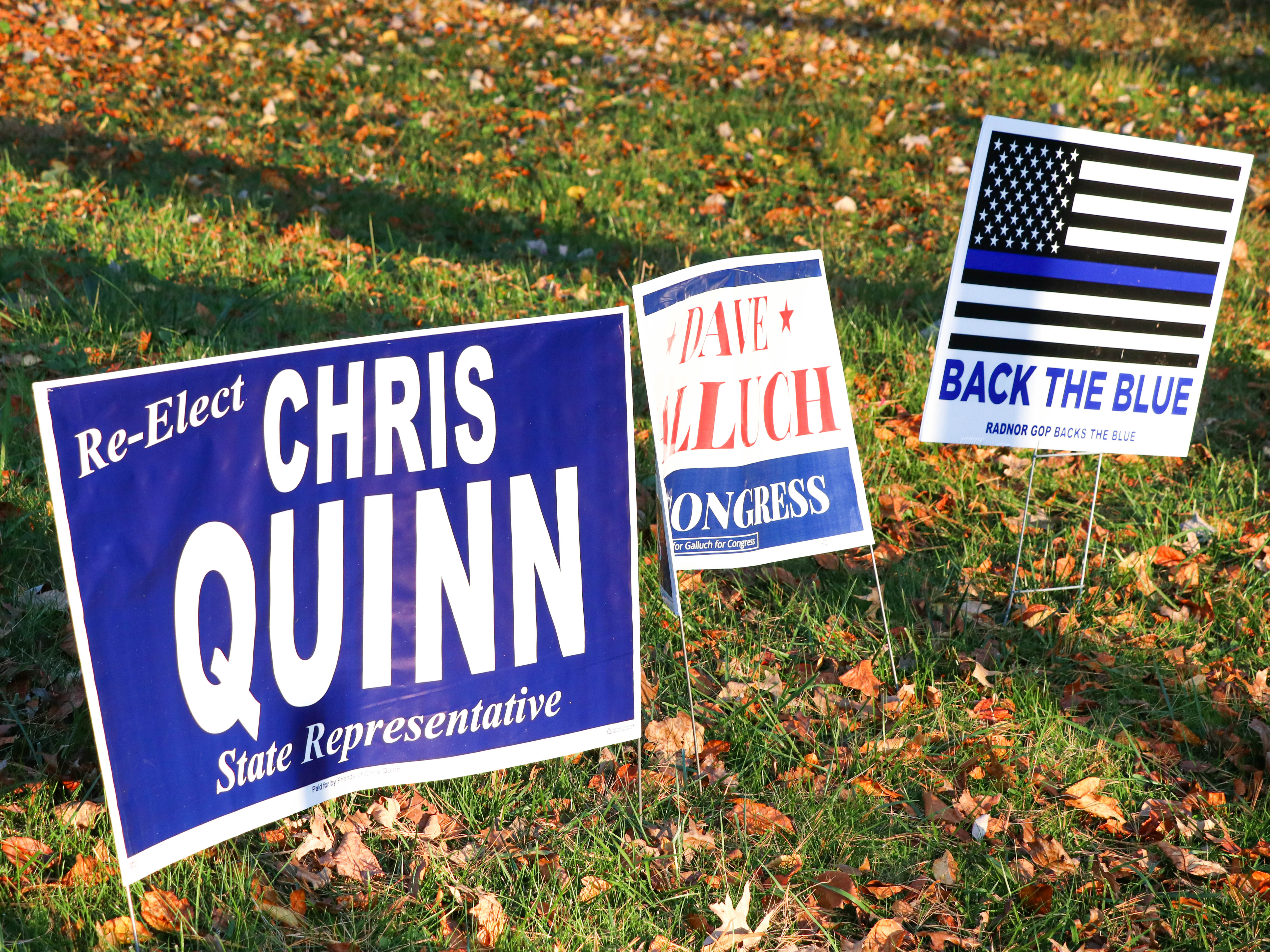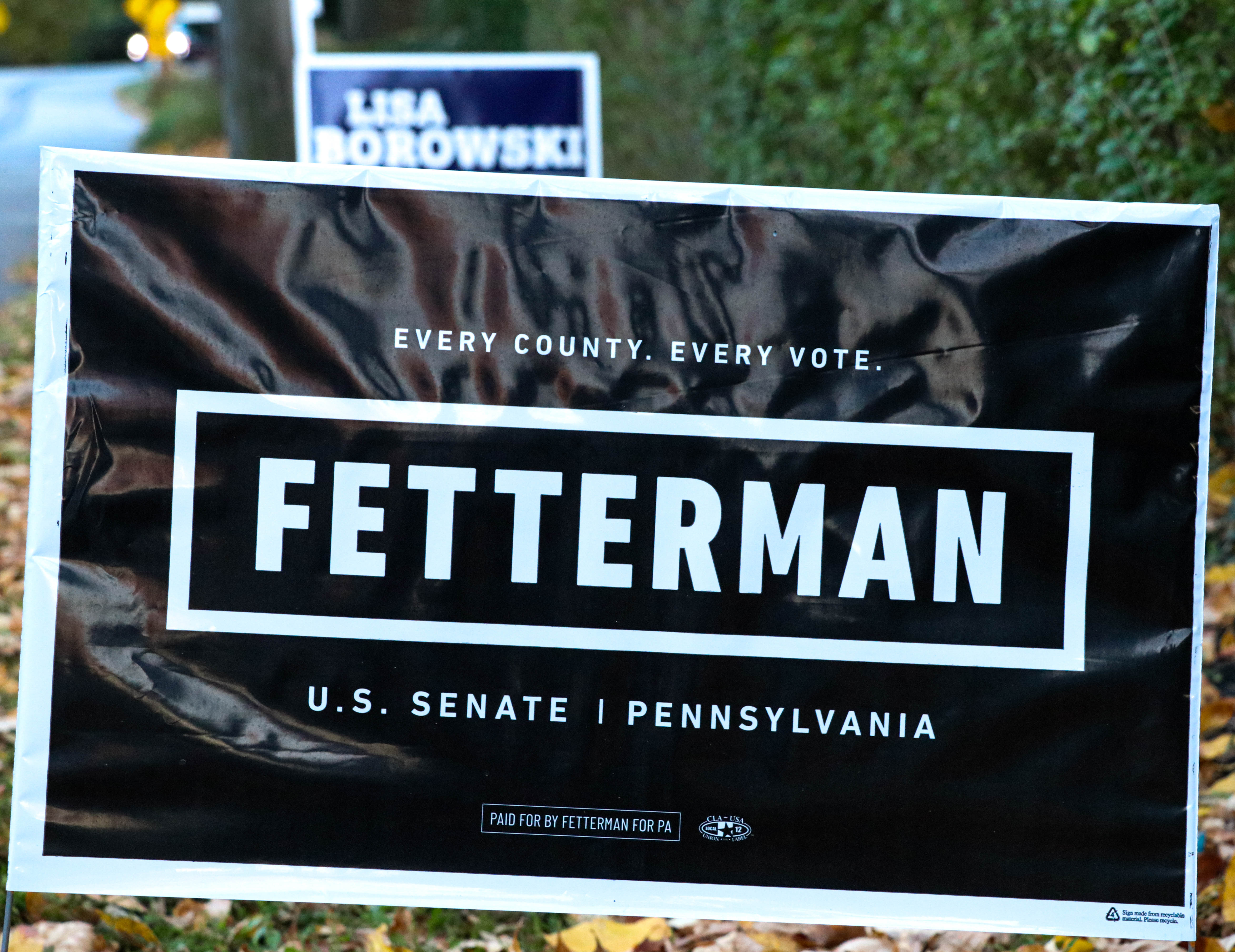Political campaigns are as American as apple pie. Since the birth of our country, politicians have rallied supporters through posters and slogans that evolved into the modern election campaign we all know today.
Political organizations spend much of their time formulating campaign strategies to help their candidates get elected to local, state, or national government offices. A major part of these strategies come in the form of campaign advertisements. Nearing the voting window for the 2022 midterm elections, battleground states like Pennsylvania are prime locations for organizations pushing ads and attempting to swing votes from across the aisle.

“You see these ads all the time,” said Michelle Chambers, junior exercise science major. “They’re there every time you turn on the TV, at least five times a day.”
With such a major focus on these ads, Chambers is not the only one bombarded with campaign commercials daily. It’s a new normal the modern electorate has gotten used to, but are these ads worth the money?
History of political campaign ads
The presidential election of 1800 gave America its first glimpse of a true political campaign. President John Adams was pitted against his vice president, Thomas Jefferson. The two would soon introduce the American public to dirty campaigning. Jefferson and Adams published articles and posted leaflets around the country slandering each other in the hopes of winning votes.
From there, candidates embraced the campaigning mindset and used different strategies to win over public opinion and defeat their opponents. Americans saw clever, catchy campaign slogans emerge throughout the 19th century that could spread the candidate’s name, accomplishments, and goals across the country.
Slogans were quickly joined by the rise of political cartoons, giving Americans their first printed visual propaganda.
In the 20th century, access to television changed not only how audiences perceived candidates, but also how candidates presented themselves. “More attention is given to the image of candidates than issues,” said Dr. James Hedtke, professor of history and political science at Cabrini. “It’s more about who people think you are than looking at specific policy stances.”
Hedtke’s point is exemplified by the Kennedy-Nixon debates during the 1960 election, where viewers watching on their televisions at home overwhelmingly favored Kennedy’s youthful looks and calm demeanor.
“People didn’t really listen as much to what the candidates were saying in the debates as they were looking at the images of the two candidates,” said Hedtke. “Nixon may well have won the issue battle, but Kennedy won the image which ended up propelling him to the presidency. Since then, people now pay attention to the images versus the issues being discussed.”
Swaying the electorate
An estimated $9.7 billion will be spent on campaign ads in 2022, highlighting their importance to candidates running for office. The major role ads play in modern elections requires every campaign staff to spend a lot of time creating effective messages audiences will remember.
“Ads need to be succinct,” said Hedtke. “Any ad over a minute is bad because of the short attention span that audiences have. The ads need to spark an emotional appeal. You’re not going to spark any issue questions in 30 to 60 seconds.”
“I prefer ads that focus on the candidate,” said Calvin Rollins, senior computer science major. “When I see those ads, I respect it more than an ad that [talks] about the other party or attacking somebody else. I want to learn more about what the candidate is going to do to help the community rather than what the other person is not doing.”
Chambers agreed with Rollins in caring more about the candidate than their opponent.

“I like the ads that are from the perspective of the candidate talking about their goals and what they want to do,” said Chambers. “I just want to know what you want to do and what your goals are. The ones where they are attacking somebody else don’t work for me. Most of them are just lies and based on nothing.”
Rollins points out that campaign ads are only one part of swaying his vote. “I don’t focus too much on the ad itself because it’s only 30 seconds to a minute. If you really want to figure out who you’re going to vote for, you have to do research and validate that. The frequency of an ad is what might point me one way or another. If I keep seeing a candidate over and over, that is going to lead me to do more research about them.”
Reaching a new generation
While voters like Chambers aren’t fans of attack ads, Hedtke does not see these leaving the campaign trail anytime soon.
“The trend has been, and I assume will continue, with negative campaigning,” he said, citing how effective they have been historically in impacting public opinion on major issues. “There will also be more dependence on social media, and I think you are going to continue to see a downturn in voter turnout as a result.”
While there has been a decline in voter turnout throughout the 21st century, recent pushes for voter registration have awakened a younger generation eager to have their voices heard. Both Rollins and Chambers say that they are registered and plan on voting during this midterm election.
With Election Day looming on Nov. 8, the true efficacy of these ads will be put to the test when Americans fill out their ballots.



